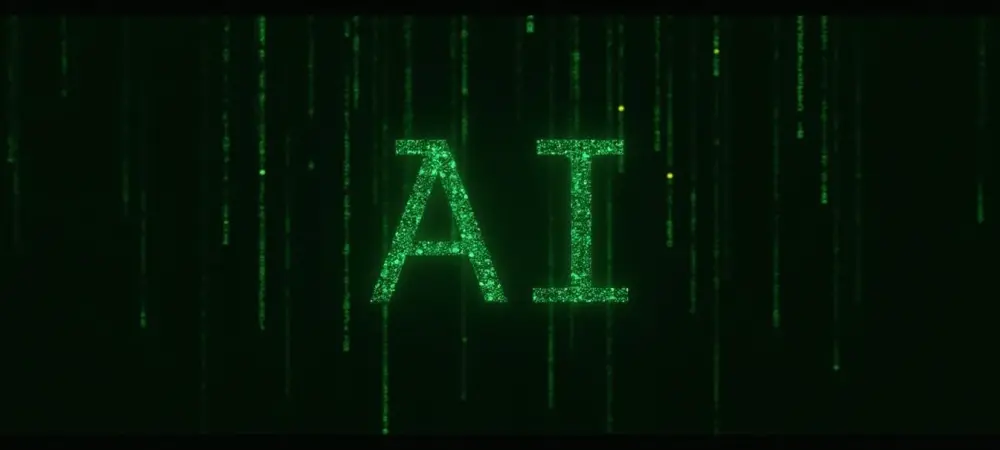Generative AI (GenAI) is reshaping various industries by automating tasks and creating content, from art to music, at an unprecedented pace. Its prominence brings significant challenges, particularly concerning copyright laws. Major companies like Disney and Universal are litigating against Midjourney, a leading AI image generator, citing concerns over copyright infringements. As industries embrace GenAI, understanding its implications on intellectual property is crucial for navigating this rapidly changing digital landscape.
The Rise of Generative AI in Multiple Sectors
Widespread Integration of GenAI
The adoption of GenAI has grown exponentially, with sectors incorporating these technologies to boost efficiency and innovation. According to recent statistics, there has been a notable increase in GenAI integration in fields such as entertainment, healthcare, and finance. Reports from reputable sources highlight this trend, confirming GenAI’s expanding presence across diverse domains. As companies continue to integrate GenAI into their operations, the technology’s influence becomes even more apparent.
Practical Applications and Innovative Cases
Evidence of GenAI’s transformative impact is visible in numerous industries. Companies leverage GenAI to enhance their creative processes, automate customer service, and develop new products. For instance, leading firms employ GenAI to create realistic digital characters and generate content, demonstrating the technology’s capabilities. The tangible benefits and innovations spurred by GenAI underscore its potential as a game-changer in today’s business world.
Copyright Challenges and Expert Insights
The intersection of GenAI and copyright laws presents complex challenges, prompting industry experts to weigh in on the implications. Legal specialists emphasize the potential conflicts between GenAI’s capabilities and existing intellectual property frameworks. The opinions of thought leaders highlight the delicate balance between fostering innovation and safeguarding intellectual property rights. Their perspectives shed light on the evolving landscape of digital copyright in the age of AI.
Navigating Legal Disputes and Future Trajectories
Potential GenAI Evolution Pathways
As legal disputes unfold, the trajectory of GenAI remains unpredictable. Technological advancements continue to push boundaries, prompting widespread dialogue on copyright’s future. Analysts foresee both opportunities and risks associated with GenAI’s growth. The potential for economic disruption and societal shifts is significant, prompting stakeholders to carefully consider the broader implications.
Impacts on Society and Industry
The unfolding scenario raises critical questions about the future of creative work and intellectual property. The ongoing legal battles have the potential to redefine how industries approach AI integration and copyright considerations. If unresolved, these issues may hinder innovation or create opportunities for new solutions. The stakes are high, making this a pivotal moment for industry and society alike.
Reflecting on the GenAI and Copyright Conflict
In recent years, GenAI’s rise has prompted intense scrutiny and debate over copyright matters. The convergence of AI technologies with the legal domain necessitated new approaches and solutions. As businesses and policymakers consider their subsequent moves, they strive for a balance between technological innovation and intellectual property protection. The situation underscores the need for adaptable legal frameworks that accommodate emerging trends in AI development, shaping a more equitable and sustainable future.

